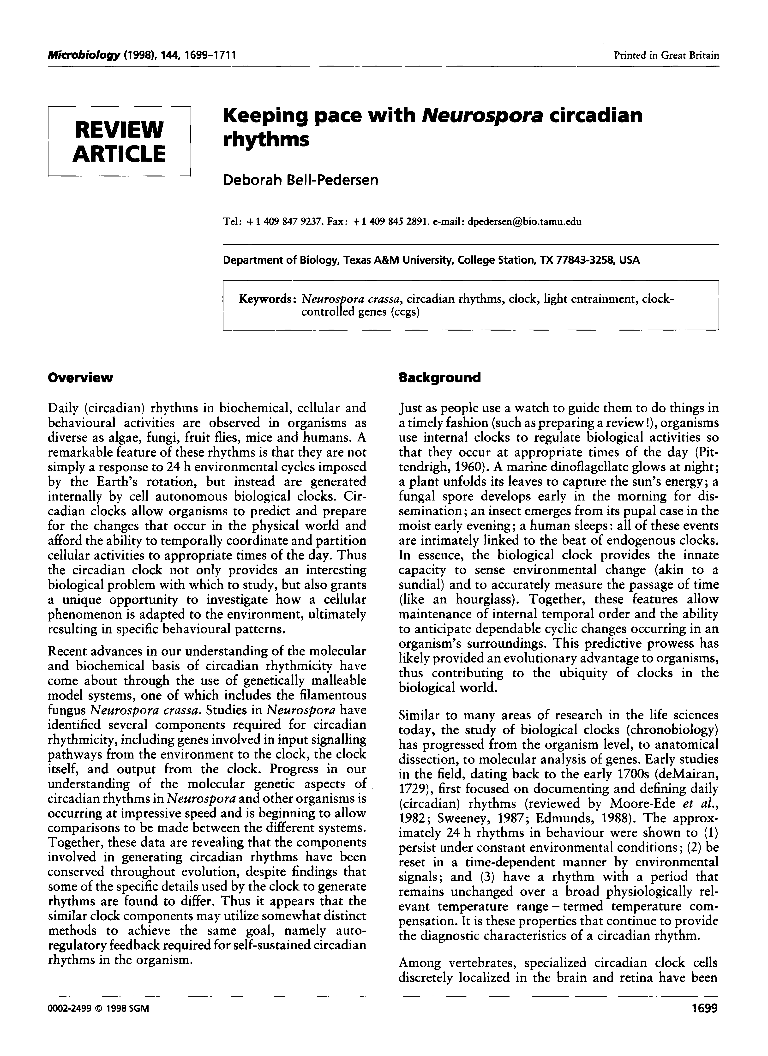
Full text loading...

Keeping pace with Neurospora circadian rhythms, Page 1 of 1
< Previous page | Next page > /docserver/preview/fulltext/micro/144/7/mic-144-7-1699-1.gif
There is no abstract available.

Article metrics loading...

Full text loading...
References


Data & Media loading...
